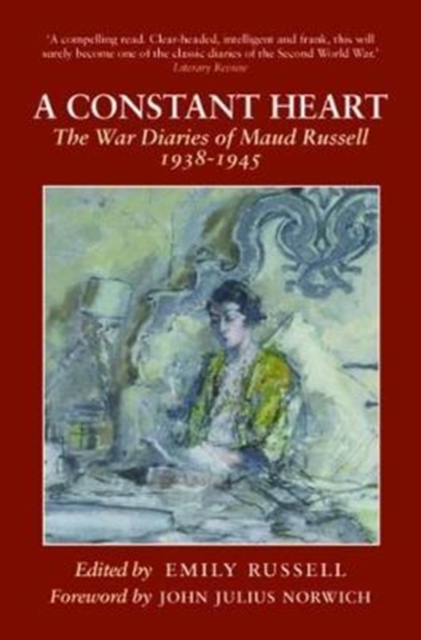CITESTE MAI MULT
Detalii
Descriere RO
The publication of Maud Russell’s diaries is of considerable importance. Few diaries covering the Second World War remain unpublished, even less weave together so many strands; politics, art, high society, wartime life on a country estate, the unfolding drama of the war itself – the last brought into even sharper focus by Maud’s struggle to help her Jewish relatives flee Nazi Germany.
Together with her husband Gilbert, Maud’s principal home was Mottisfont Abbey in Hampshire, described by John Julius Norwich in his foreword as ‘the most desirable house in England’, and which she later gave to the National Trust. The daughter of German immigrants, Maud was an outsider who owed her place in society to her wealth and marriage. To many she was an enigma, but the diaries reveal a woman of strong emotion with an immense appetite for life.
The opening entries alone hint at the riches that lie ahead. There is a meeting in Paris with Matisse (who painted her), an anxious visit to Cologne, the commissioning of Rex Whistler to decorate the ‘big room’ at Mottisfont, and a deepening intimacy with Ian Fleming, almost certainly her lover – as in due course was the Russian mosaic artist Boris Anrep, whom she shared with his common-law wife.
Yet despite Maud’s determination to forge a new life after Gilbert’s death in 1942, she was steadfast in her commitments, blessed with an unswerving sense of right and wrong, and loyal to her friends. And the list of those friends is to call the roll on British political and artistic life in the mid-twentieth century, many of whom are brought vividly to life in diaries which, until now, have remained private and unpublished.
EdituraThe Dovecote Press
Dimensiuni140 x 208 x 23
Data Publicarii10/09/2017
Format
Necartonata
Numar pagini320
Aceasta este o carte in limba engleza. Descrierea cartii (tradusa din engleza cu Google Translate) este in limba romana din motive legale.
Publicarea jurnalelor lui Maud Russell are o importanta considerabila. Putine jurnale care acopera cel de-al doilea razboi mondial raman nepublicate, cu atat mai putin impletesc atatea fire; politica, arta, societatea inalta, viata de razboi intr-o mosie de tara, drama in desfasurare a razboiului in sine - ultima adusa in atentie si mai accentuata de lupta lui Maud de a-si ajuta rudele evreie sa fuga din Germania nazista. Impreuna cu sotul ei Gilbert, principala casa a lui Maud a fost Mottisfont Abbey din Hampshire, descrisa de John Julius Norwich in prefata sa ca fiind „cea mai dorita casa din Anglia” si pe care ea a dat-o mai tarziu National Trust.

